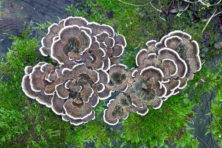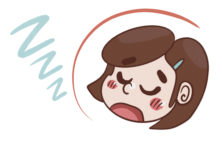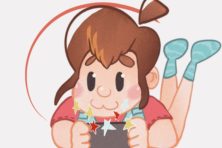Parent Corner: Mushroom Spotting
- Share
- Tweet
- Pin
- Share

“Marshmallows!” shouts my daughter Greta. “Pink. A pink marshmallow!” She’s pumped, dismounting her bike and running to the edge of the woods. “My favorite color.”
We both kneel and study the mushroom – I eventually correct her – that must have sprung up overnight. There’s a whole line of them, little pink-capped mushrooms on a rotting tree trunk with a couple slugs snacking away.
And so our afternoon takes a new trajectory. Bikes abandoned on the side of the road, we go mushroom spotting.
First, we discuss that we don’t touch mushrooms and we definitely don’t eat them. This mom is no mushroom expert, so we’re not taking any chances (and neither should you). We also discuss that though the temptation to stomp and kick and poke mushrooms can be overwhelming, it’s kind to leave them be for fellow explorers to find, or animals to eat.
We hunt, we study, we count, we talk about color and size, and I throw out a few names I’m confident of – shaggy manes, puffballs and horse’s hoof fungus. And it’s so fun! We’re scouring the forest floor, finding little surprises left and right – tiny, red chantarelles near moss-covered roots, white meadow mushrooms in a clearing, and honey mushrooms hiding in a rotting tree trunk. By the end, I’m into it way more than her.
I sneak a peek at my phone, skim through past Door to Nature articles on the Peninsula Pulse website, and learn Door County has over 550 varieties of mushrooms (thank you, Charlotte Lukes!). Many have names that will not only delight you, but your children: lion’s mane, turkey tail, and chicken of the woods.
“Chicken of the woods!?” My daughter laughs loud enough to scare any wildlife we might have spotted as well. “That’s silly.”
Mushroom Spotting Tips
•Mushrooms usually spring up a day or two after rainfall.
•Rotting trees are great places to start searching.
•If you’re at one of Door County’s state parks or nature preserves, ask an expert for some tips on where to look and what kinds you might find.
•If you do know what you’re doing as far as collecting or consuming mushrooms, you can collect them in all Wisconsin State Parks, but not state natural areas, and double-check with any public lands or reserves before taking any home.
•If you don’t know what you’re doing (like me), please use caution and common sense.




